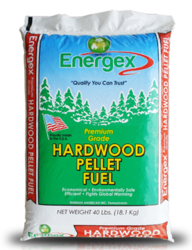CaptSpiff
Minister of Fire
... <Breckwell> omitted a tube connecting the back panel of my stove to the firebox inlet.
<snip>
I also installed an inexpensive automotive manifold heat hose inside the stove to make the connection that Breckwell left out.
I was told the "gap in the OAK path" you describe was a safety decision in case the OAK became clogged. Many trailer home installs are done with the OAK "drilled & dropped" down thru the trailer floor boards without proper critter guard. Great place to store supplies & make a nest.
Also, someone mentioned frost on the outside of the OAK tube. This is from the warm moist room air, and I solved that by wrapping foil coated pipe wrap around the flex tube. Also solved the small water puddle that would form when the frost melted. I've never heard of an OAK frosting over and blocking airflow.



